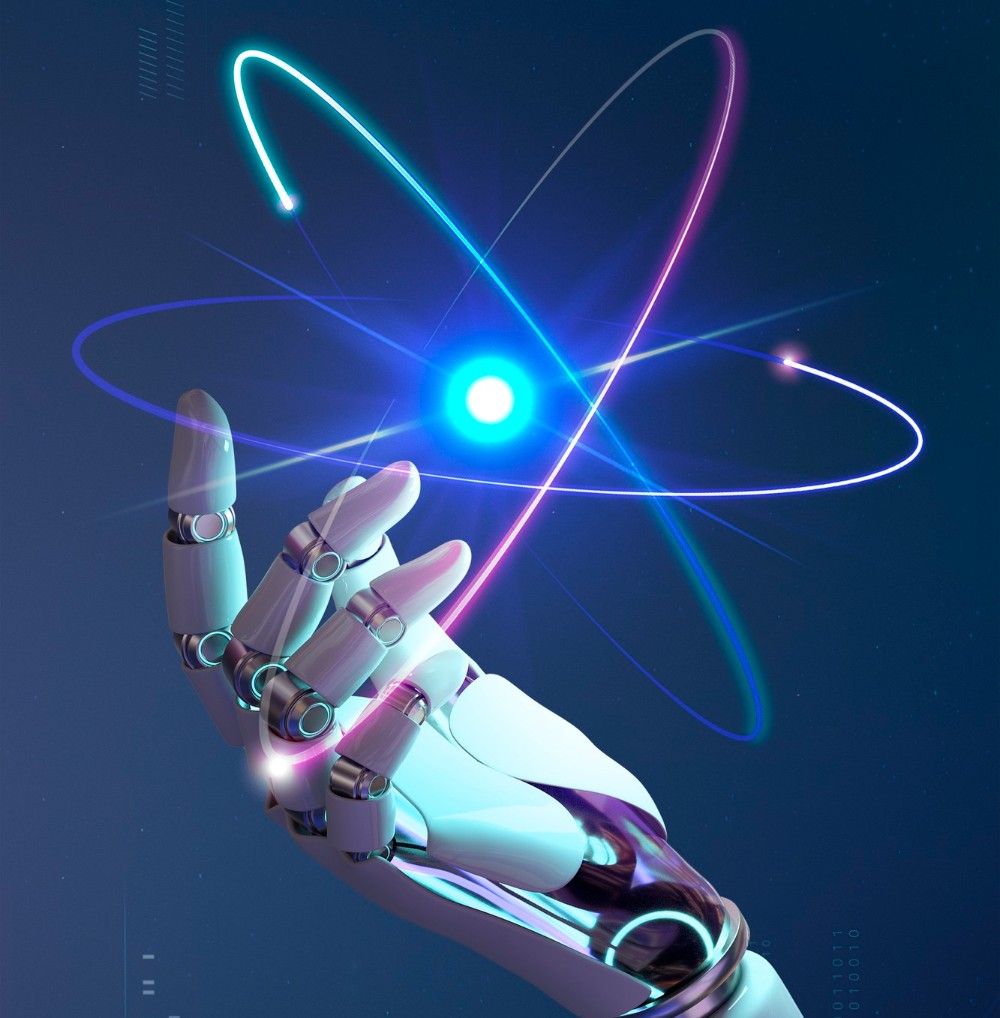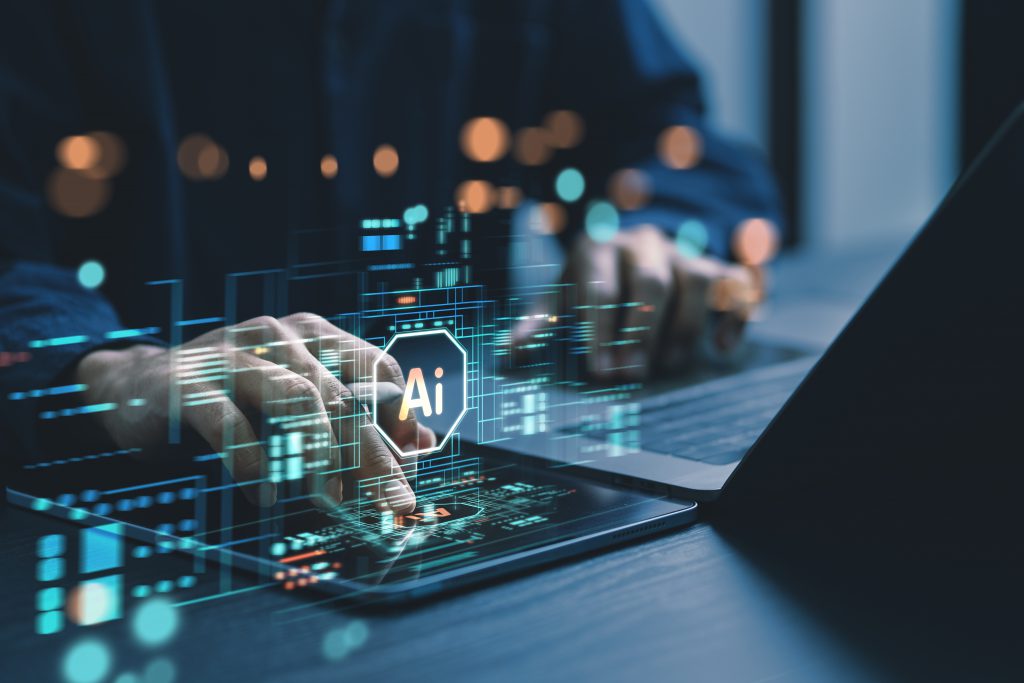It was 3:00 AM. My phone buzzed with yet another alert: a key service had gone down, and customers were already complaining. Within minutes, a war room was set up. Logs were scattered. Monitoring dashboards blinked red. Engineers were struggling with fragmented tools, and the root cause remained a mystery.
That incident—just one of many—was my tipping point.
After two decades in telecom and enterprise IT operations, I realized we were still solving 21st-century problems with 20th-century methods. Reactive, manual, and disjointed—traditional IT operations simply could not keep up with the pace of digital business.
If you have ever been in that war room, then you already know what I’m talking about. This is the story of how we moved from struggling to handle incidents as they occur to predicting and preventing them by embracing Artificial Intelligence for IT Operations (AIOps).
Why Traditional IT Operations Are Failing—Fast
IT operations, as they existed for years, were designed for a different world:
- Predictable change windows
- Physical infrastructure and monolithic applications
- A clear boundary between development and operations
But the world changed. In my work with mobile operators and digital platforms, I saw systems become hyper-distributed, containerized, API-driven, and user-obsessed. What didn’t change fast enough? The operations model.
Some of the most painful symptoms I have seen firsthand include:
- Alert storms: 10,000+ daily alerts, with 98% being noise.
- Siloed teams: Application, infrastructure, network, and security teams chasing the same issue without a common language.
- MTTR nightmares: Incidents lasting hours because root causes were buried within log files.
That was when we realized that traditional operations were no longer viable. We needed a different approach.

AIOps: From Chaos to Clarity
AIOps is more than automation. It’s about transforming data into actionable foresight.
Here’s how I explain it to teams during our AIOps onboarding sessions:
“Imagine an operation center that watches everything—logs, metrics, user behavior, changes, tickets—and learns what ‘normal’ looks like. It detects when things deviate, why they deviate, and even how to fix them in real time.”
Some key capabilities we implemented:
– Noise Reduction: From 10,000 daily alerts to less than 200 meaningful ones.
– Root Cause Prediction: Models that mapped dependencies and identified fault domains within minutes.
– Self-Healing Actions: Automated resolution for common issues such as, CPU spikes, service restarts, and memory leaks.
But the real win was not in technology, it was in human relief. Engineers stopped drowning in false positives and started focusing on innovation.
MTTR: The Metric That Matters
If there’s one KPI every IT ops leader should obsess over, it’s MTTR—Mean Time to Repair. It directly reflects: service quality, team efficiency, and business impact.
In a transformation project I led in Oman, we benchmarked MTTR at nearly 5.5 hours, on average. After 12 months of AIOps implementation, we saw:
- MTTR reduced by 63%
- First-time resolutions increased by 35%
- Incident escalations dropped by half
But what shocked leadership most was this: customer complaints dropped before we even launched customer-facing changes. Because we were not just fixing issues faster, we were preventing them.
Foundations Matter: The Role of an Application Catalogue in AIOps
One often-overlooked factor in successful AIOps adoption is data visibility, specifically, understanding your IT environment at the application level.
To support this, I designed and implemented an IT Application Catalogue Platform at Ooredoo Oman. This platform was more than an inventory, it became the operational backbone for our AIOps strategy.
Why it mattered:
- It consolidated all applications with attributes such as, criticality, EOL/EOS status, and dependencies.
It generated dynamic mind maps for upstream and downstream analysis, crucial for impact prediction and root cause analysis.
- It tracked application lifecycle risks using real-time visual indicators, enabling preemptive maintenance.
- It integrated with LDAP and ITSM systems, ensuring access, roles, and accountability were automated.
This structured platform allowed our AIOps engine to ingest reliable, contextual application data, enhancing its ability to detect, correlate, and resolve issues rapidly. In one incident, we traced a recurring service delay to a downstream application already flagged as end-of-support. Without the platform, we would still have been troubleshooting in the dark. Before AI can act intelligently, it needs to see clearly. Our application catalogue gave it eyes.
The Human-Centered AIOps Roadmap
Here is the practical, proven roadmap we followed:
- Start with Business Pain: Interview engineers. Identify high-friction systems. Prioritize services that impact customers.
- Centralize and Contextualize Data: Bring together logs, metrics, tickets, and application metadata, especially lifecycle insights from catalogues.
- Prove Value Early: Use AIOps to reduce alert fatigue or automate diagnostics first. Small wins drive trust.
- Blend Automation with Oversight: Start with “human-in-the-loop” reviews. Gradually automate safe, repetitive remediation.
- Make Metrics Human: Do not just report MTTR. Show how many engineer hours were saved or how many incidents were prevented.
Lessons I’ve Learned the Hard Way
- You cannot automate what you do not understand. Without visibility, AIOps is guesswork.
- Tools do not change culture, leaders do. You must guide the shift from control to collaboration.
- People fear what they cannot see. Make AI explainable. Make wins visible.
AIOps is a trust journey. And like any journey, it needs clear maps, supportive companions, and a shared destination.

What’s Next: From AIOps to Cognitive Operations
Looking ahead, we are already exploring:
- Generative AI in operations—turning logs into incident narratives, and queries into resolution plans.
- Digital twins of IT systems—simulating impact before real-world change.
- Self-documenting systems—where architecture and performance insights update automatically.
Soon, we will not be asking “What broke?”—we will be asking “What is about to break, and how can we stop it?”
Final Thought: From Responder to Enabler
IT Operations is no longer just about uptime. It is about enabling innovation, protecting digital trust, and aligning with customer outcomes. AIOps empowers this shift but only if built on strong operational foundations, including well-maintained application inventories and lifecycle governance.
To my peers on this journey: do not wait for the perfect tool. Start where you are, clean your data, centralize your knowledge, and grow into automation gradually. Intelligent service delivery starts with informed decision-making, and that is where AIOps truly shines.









